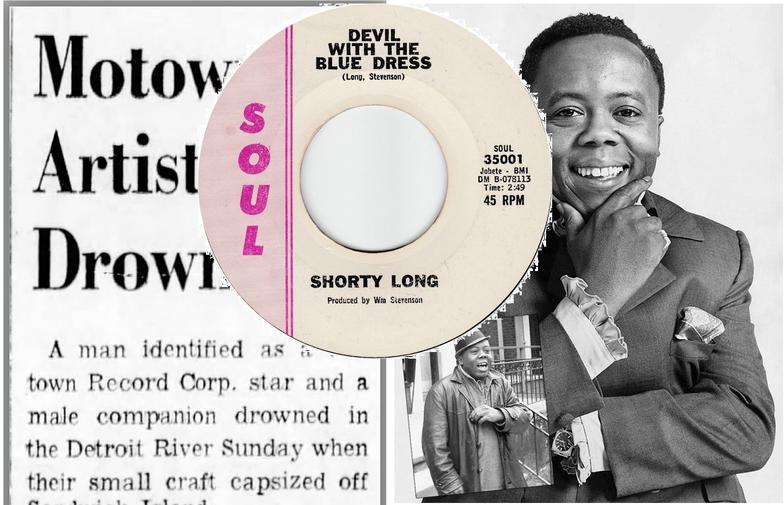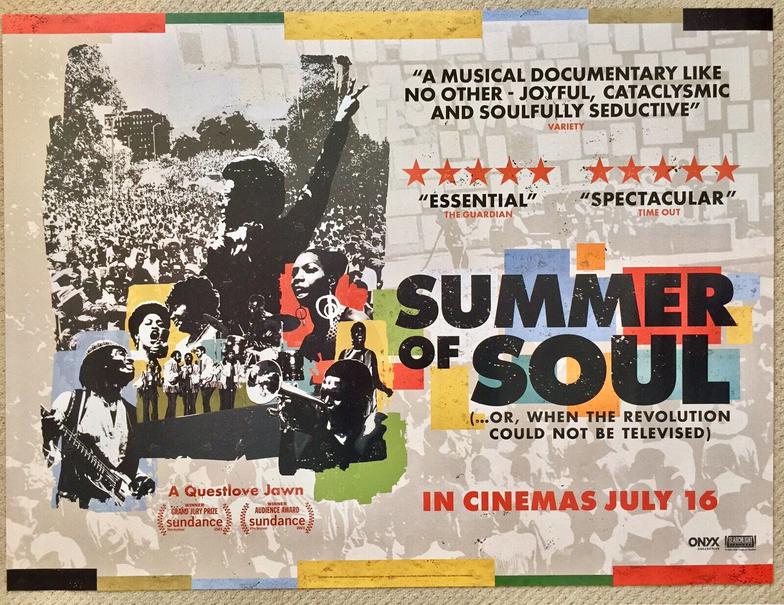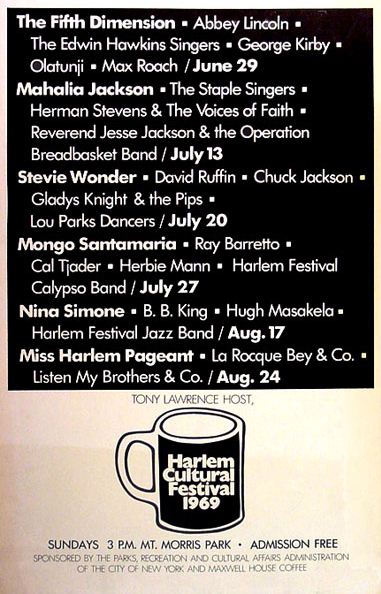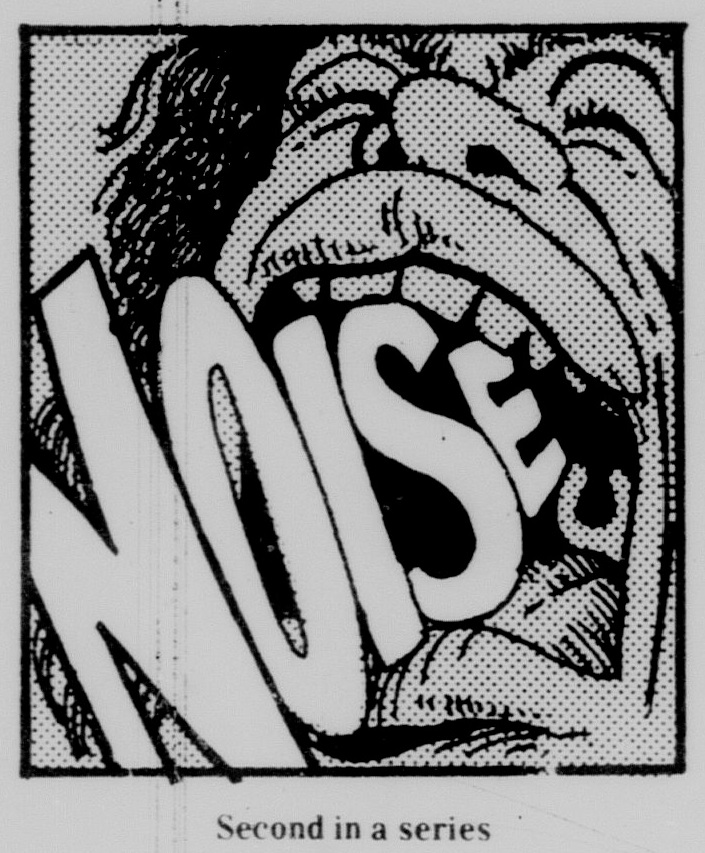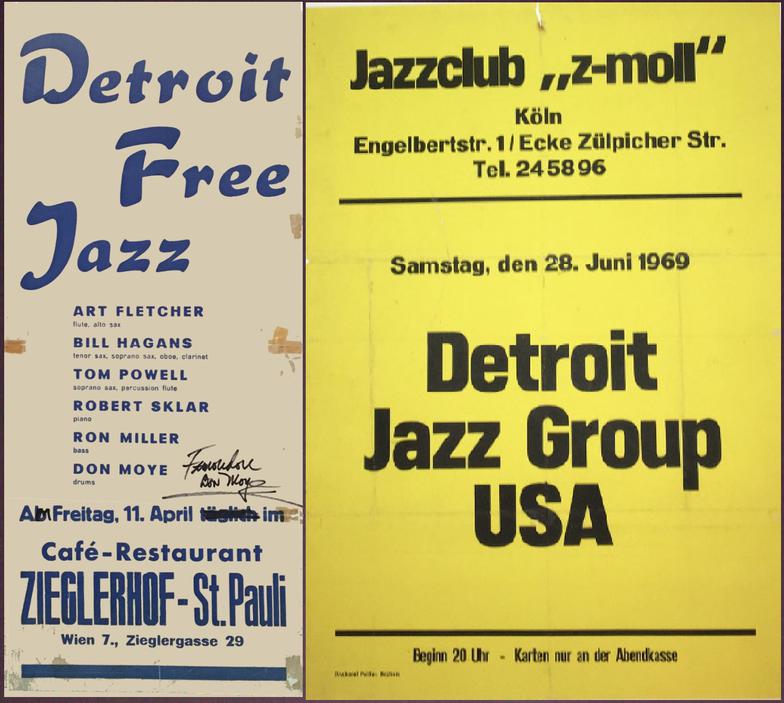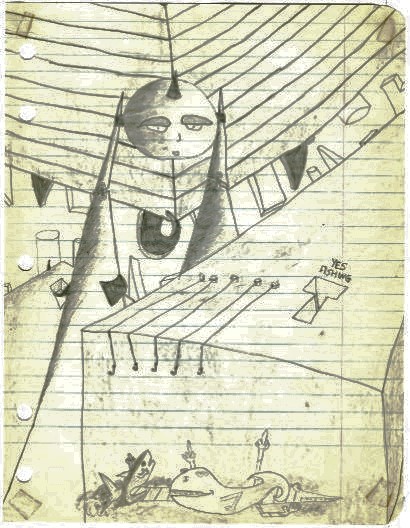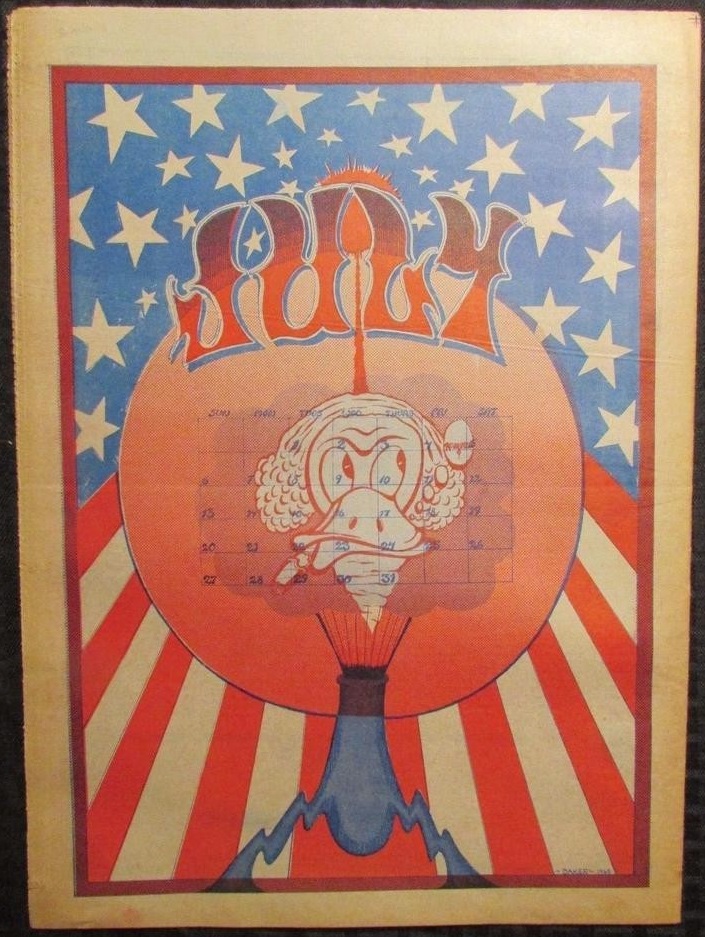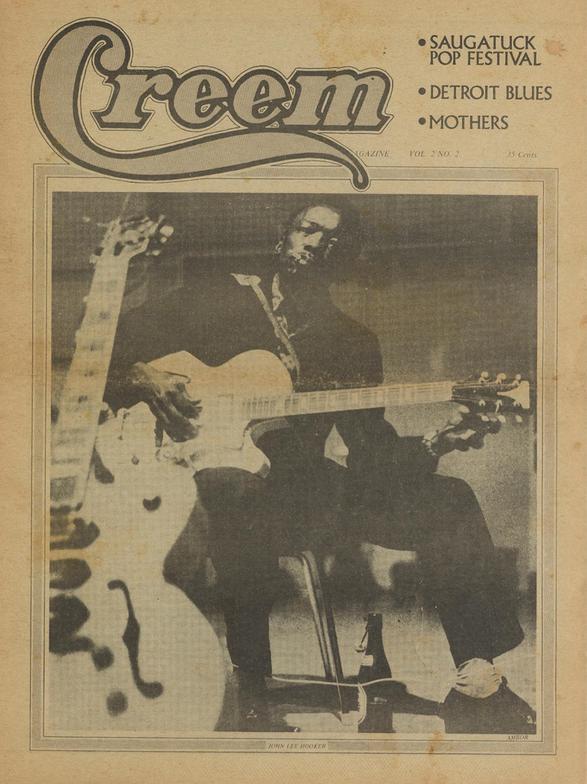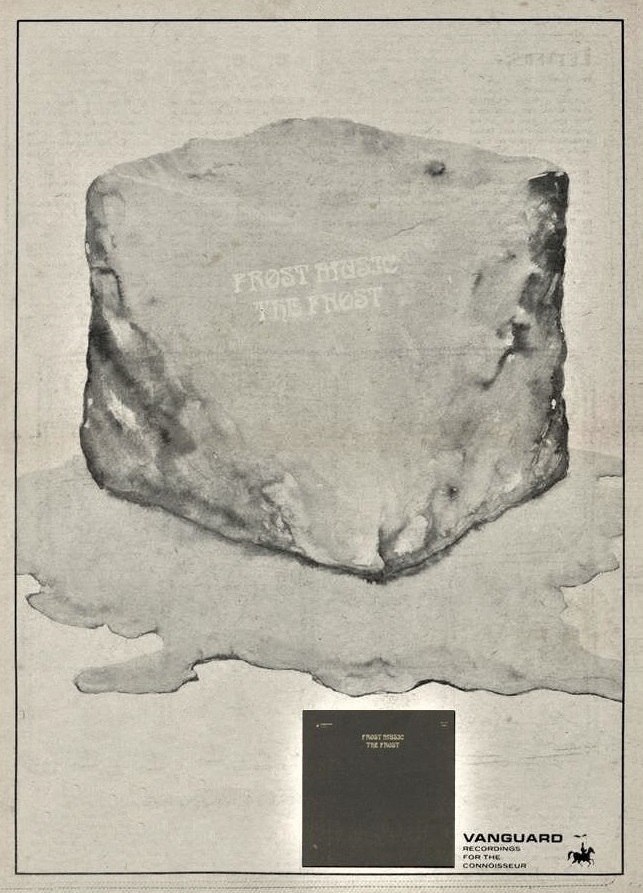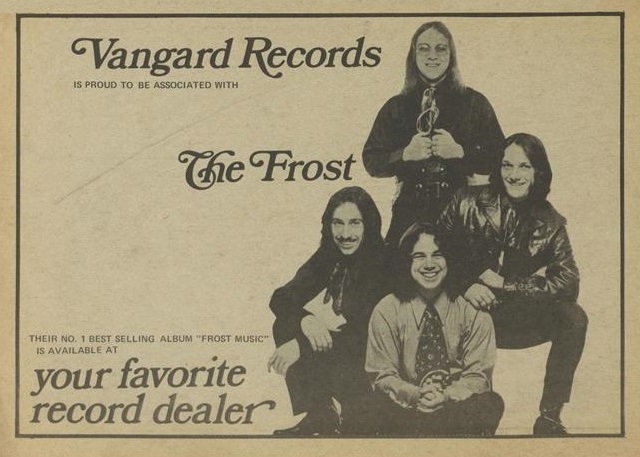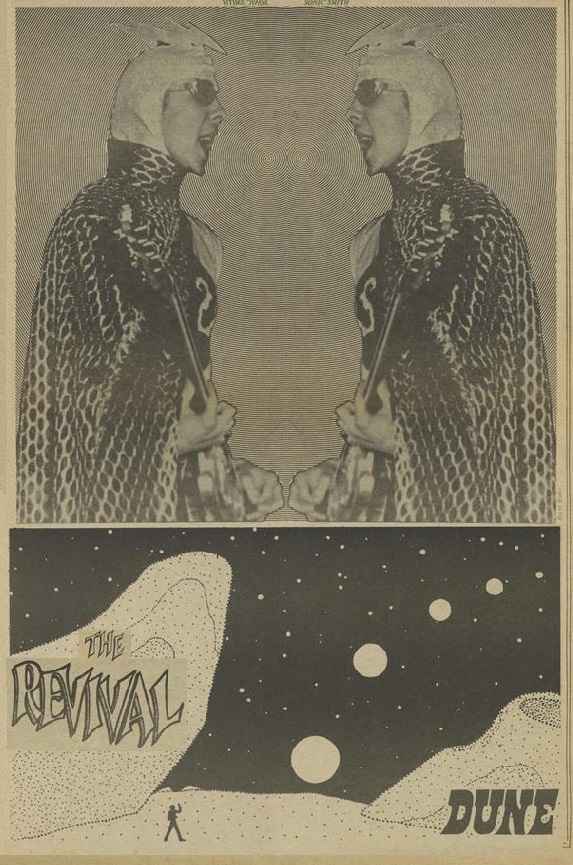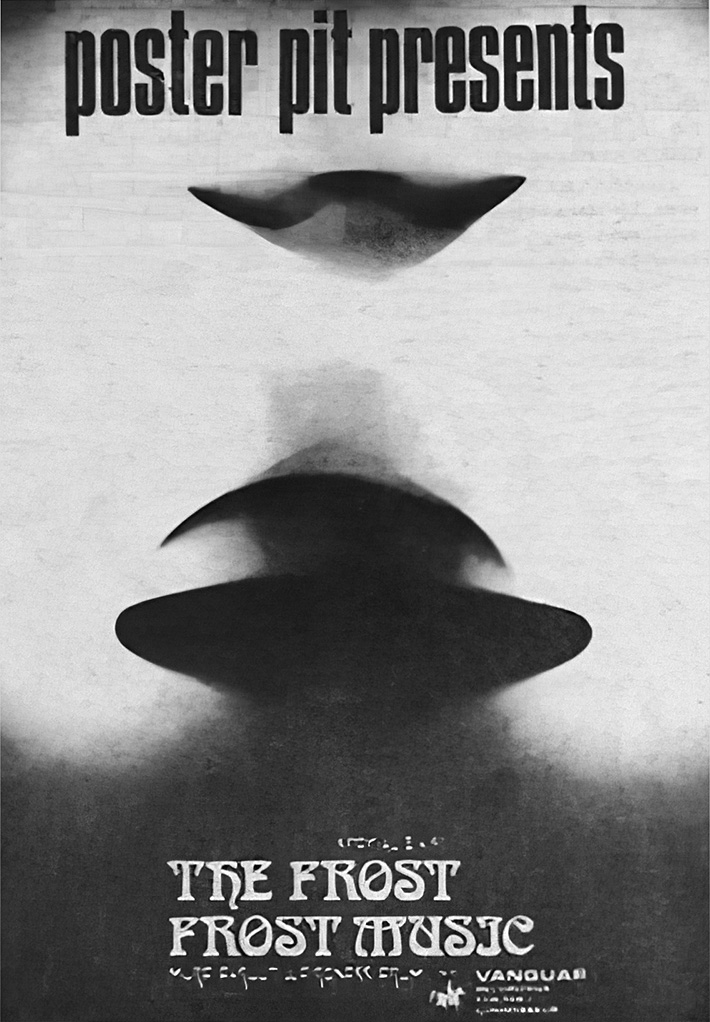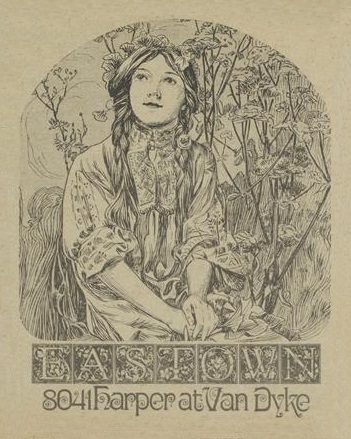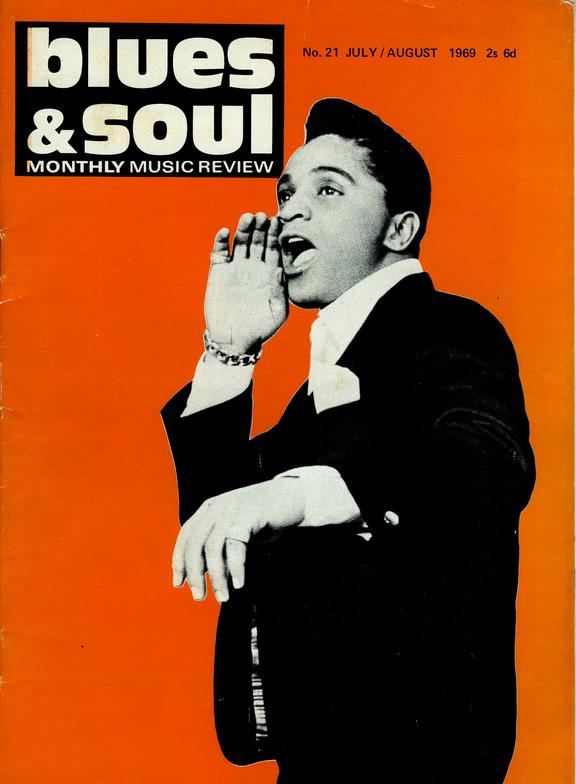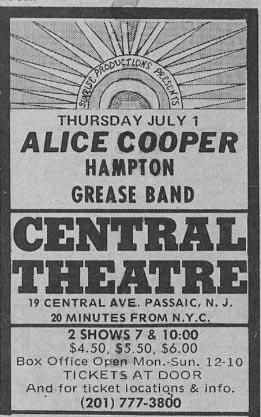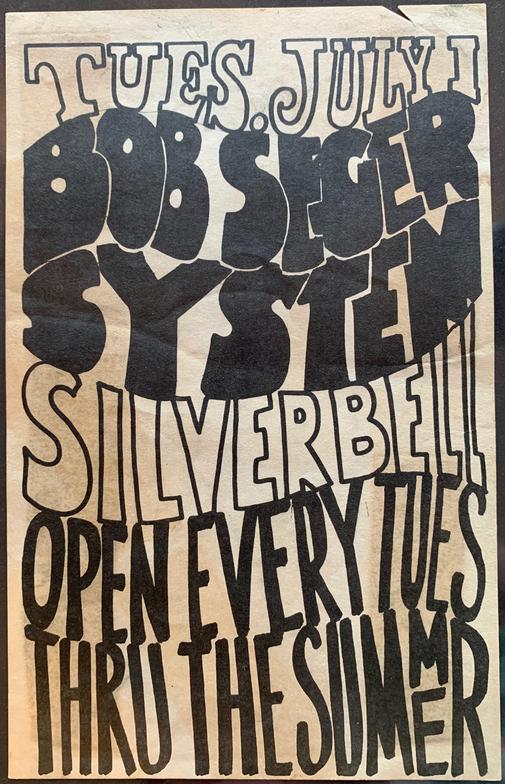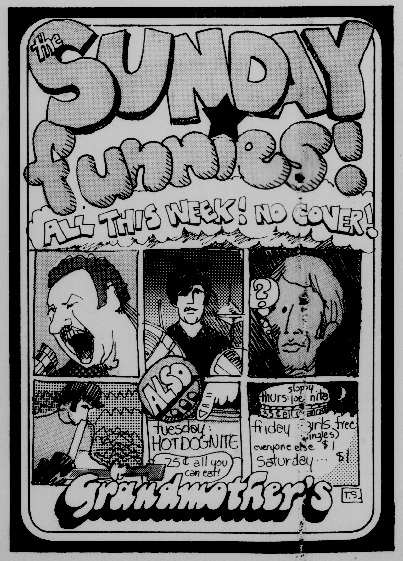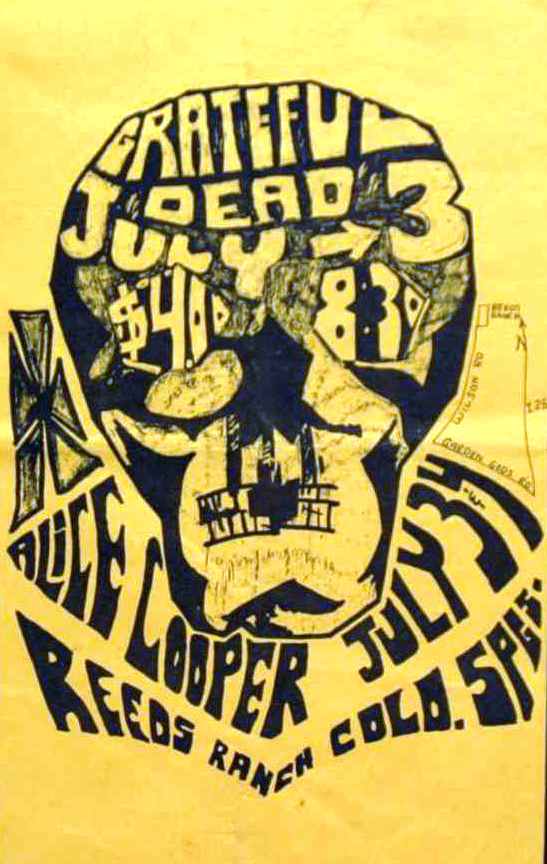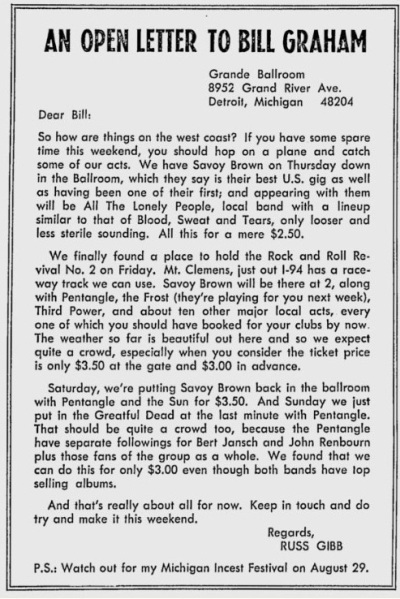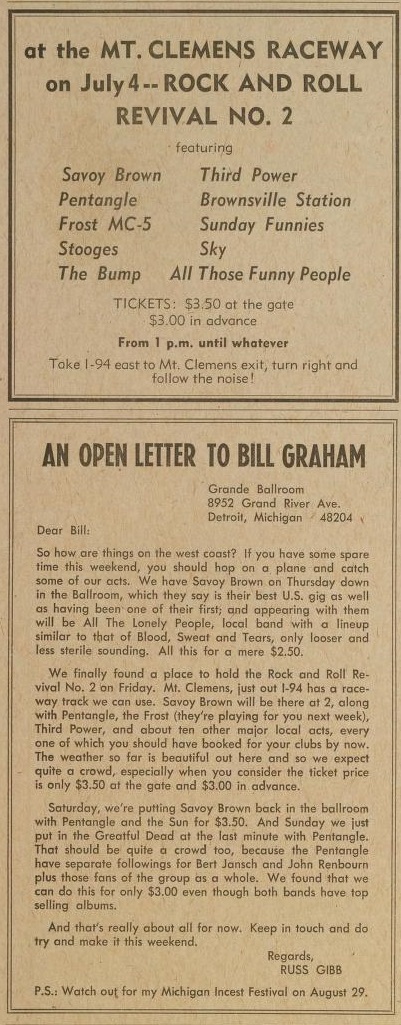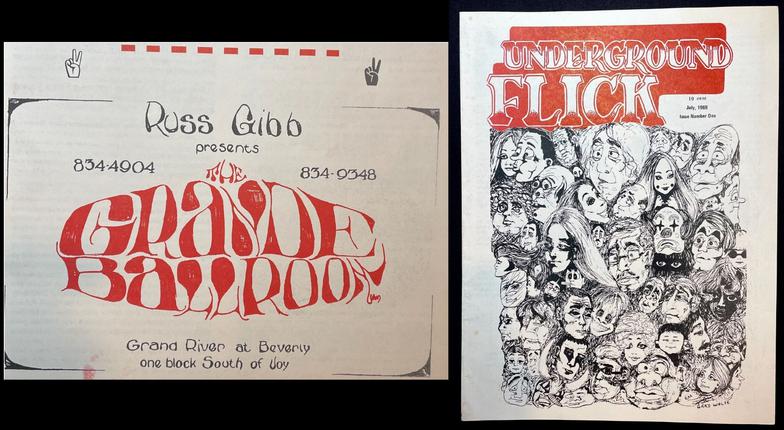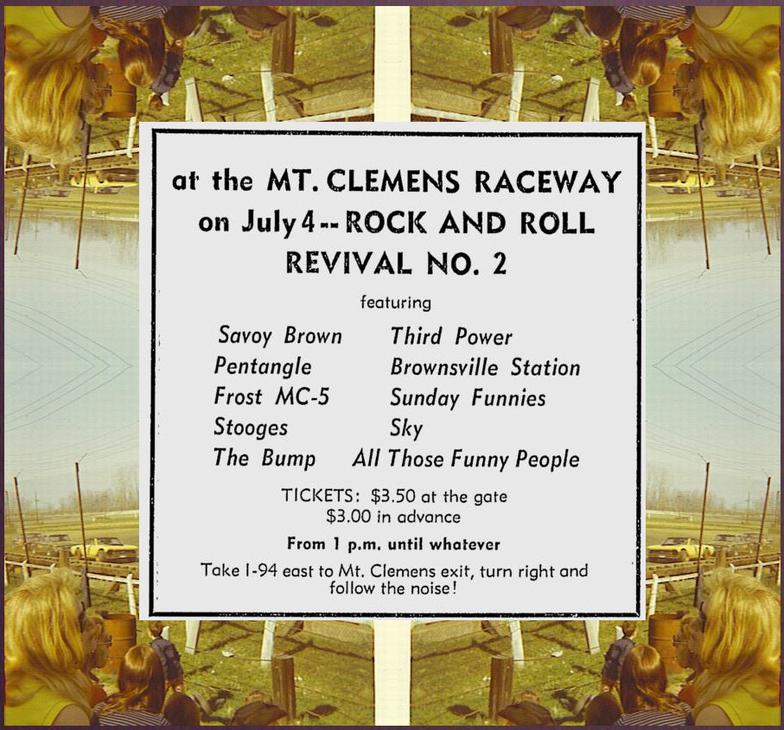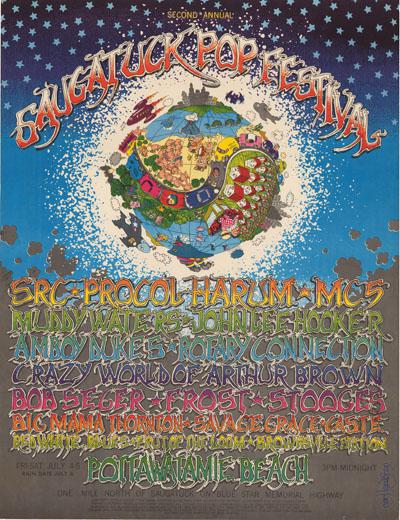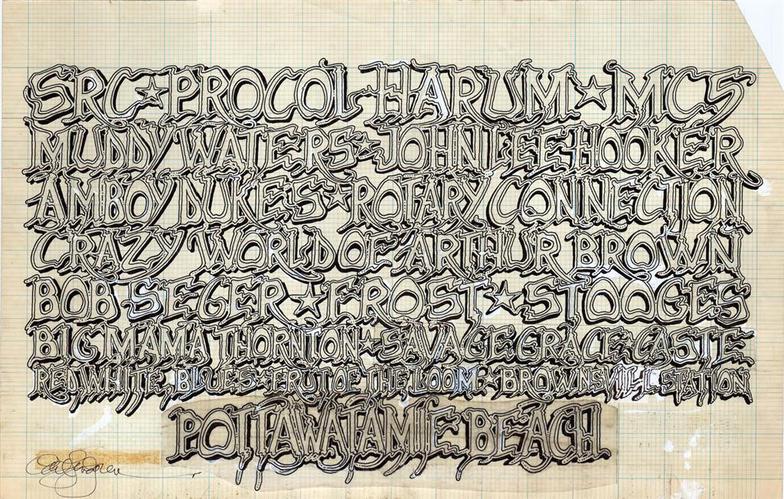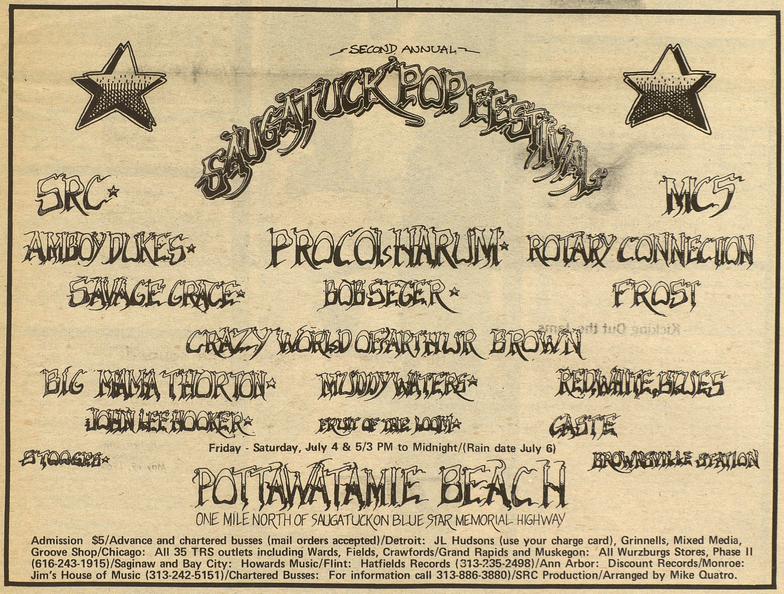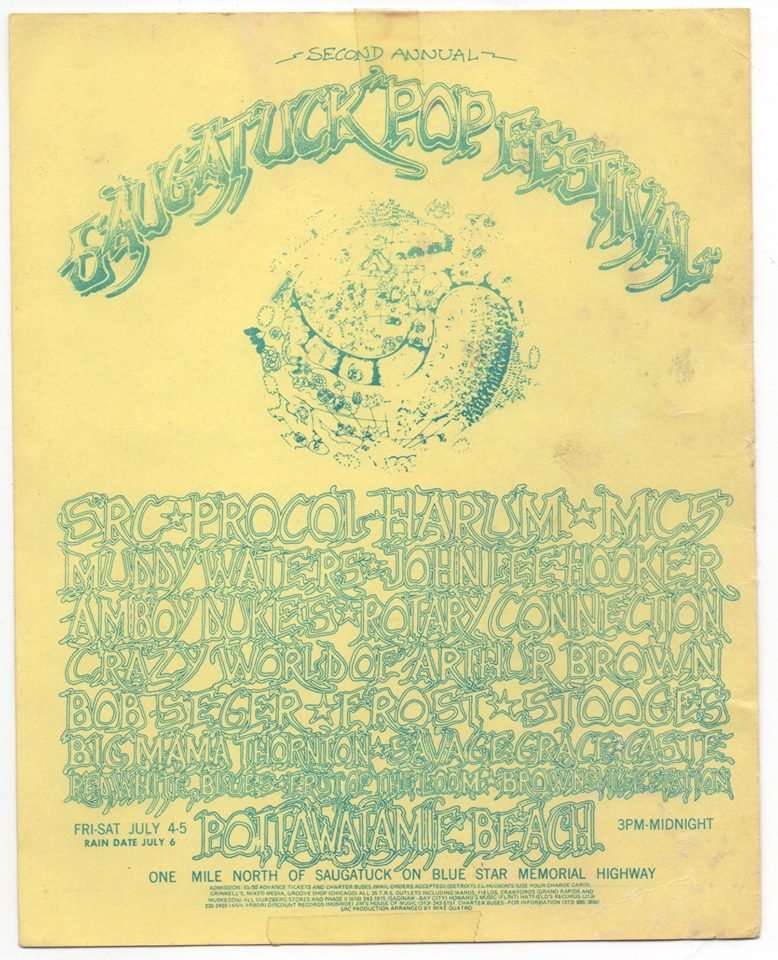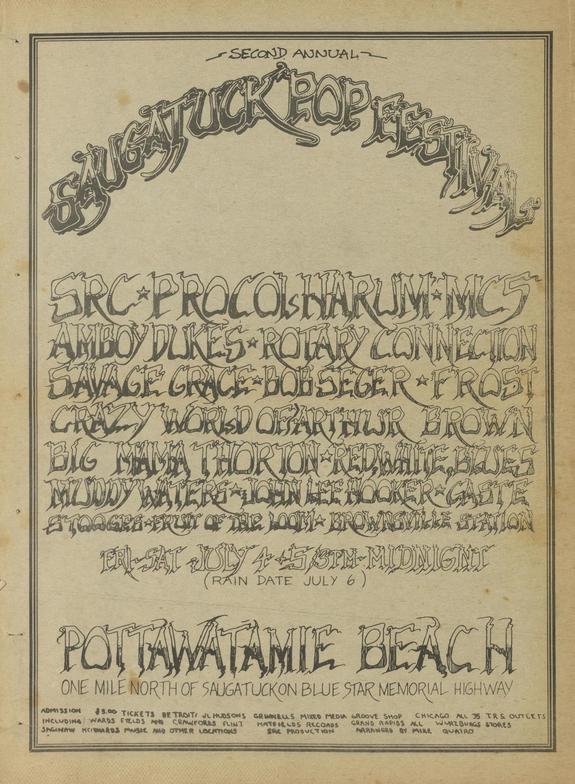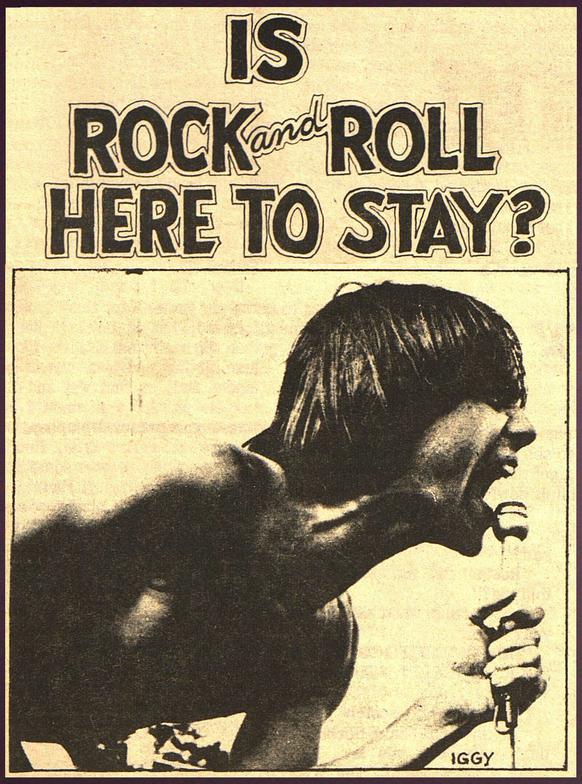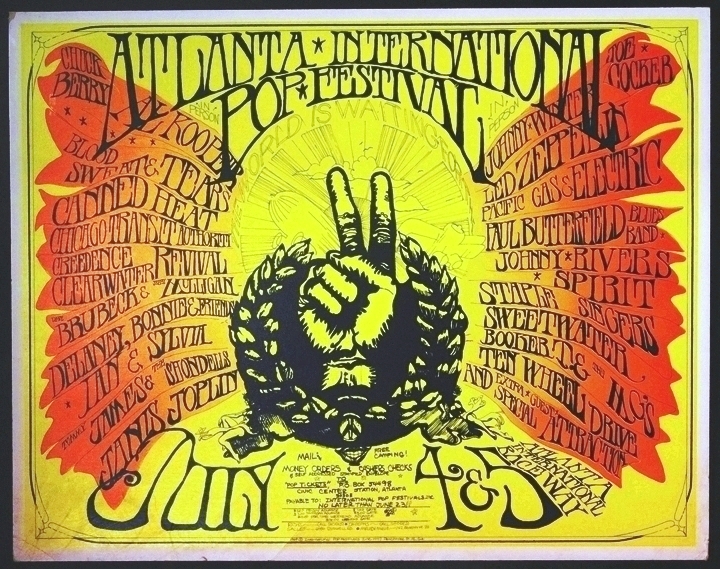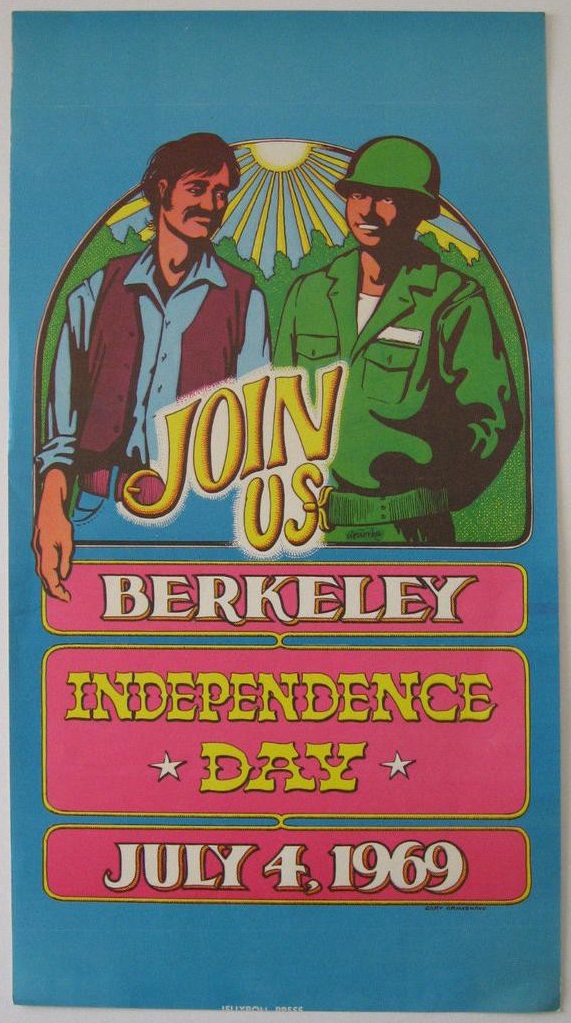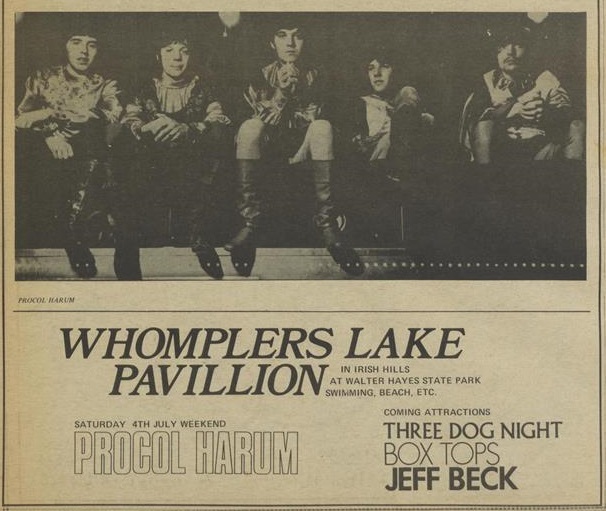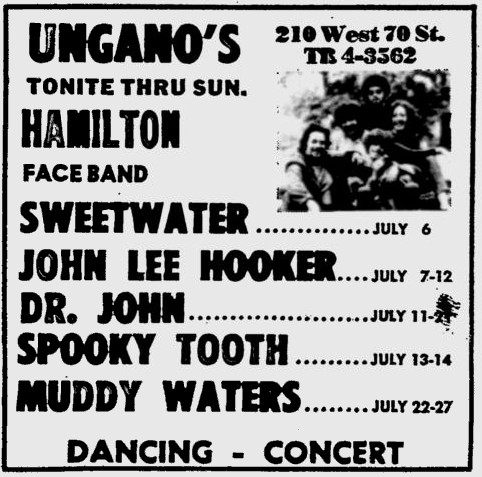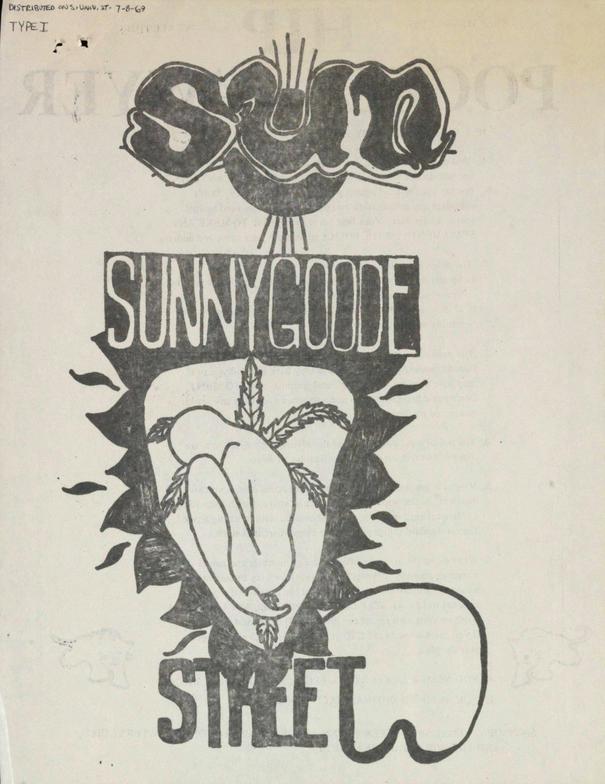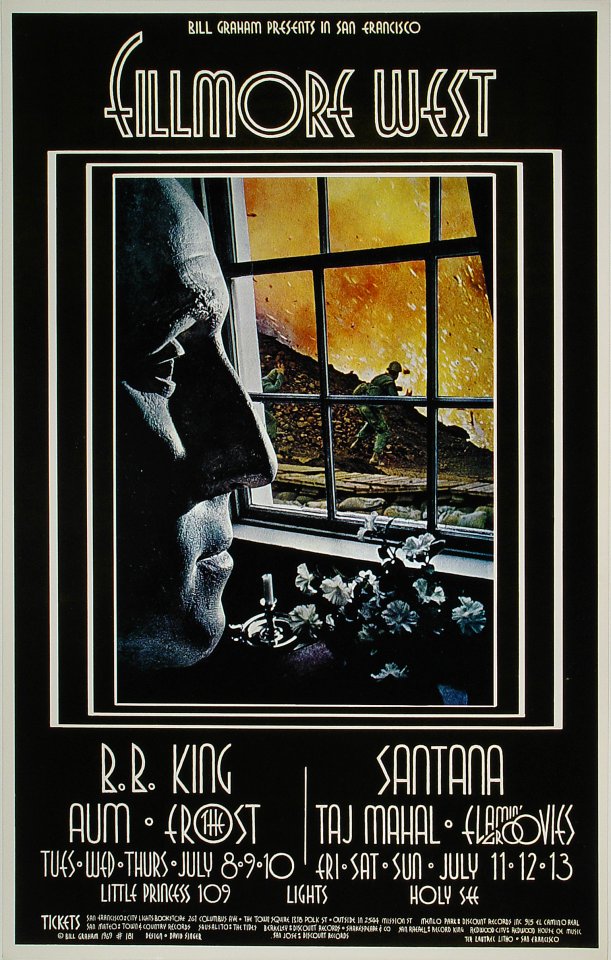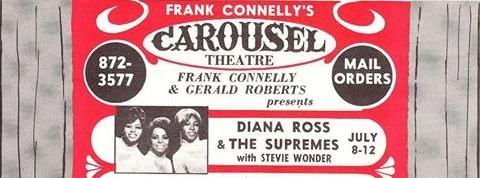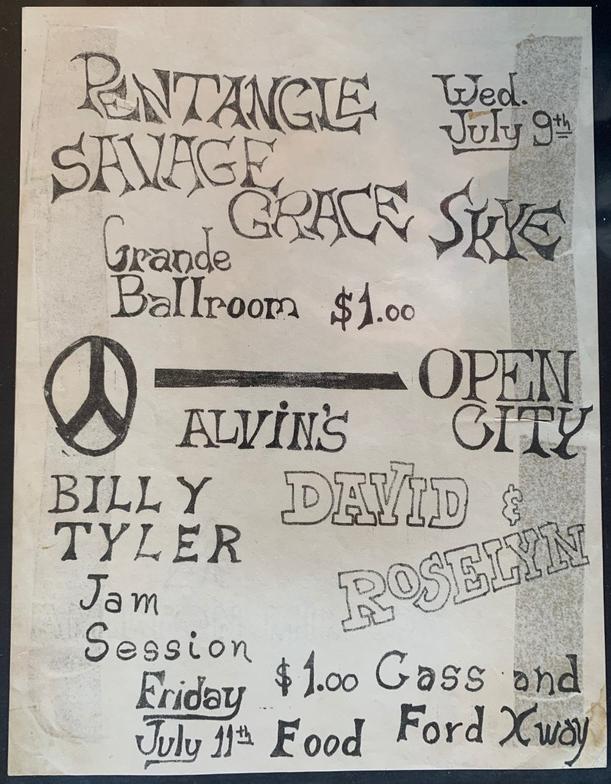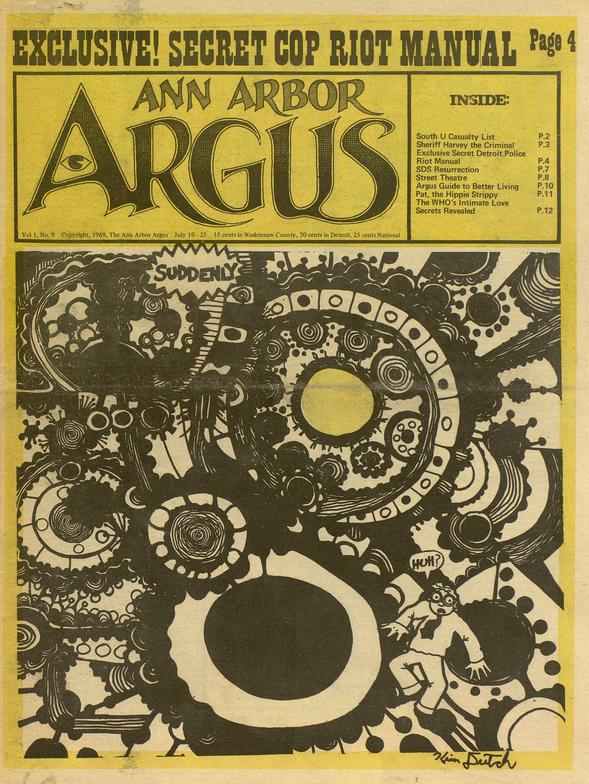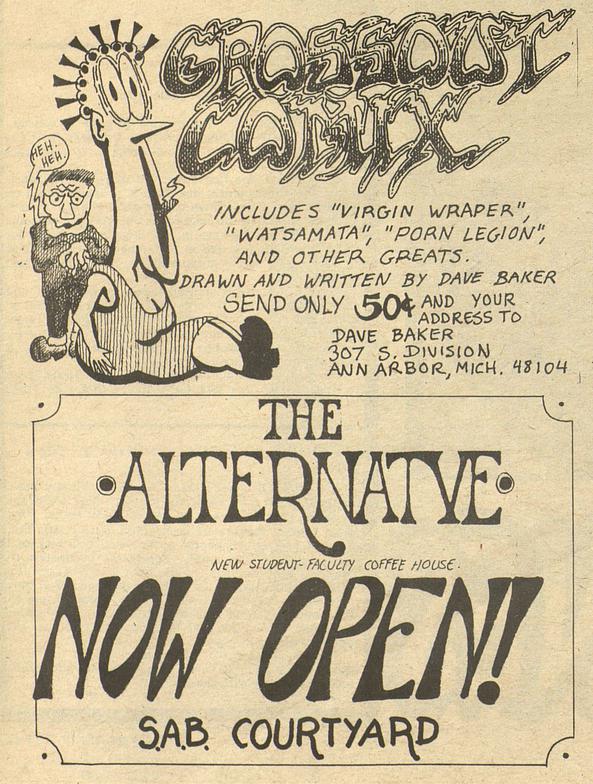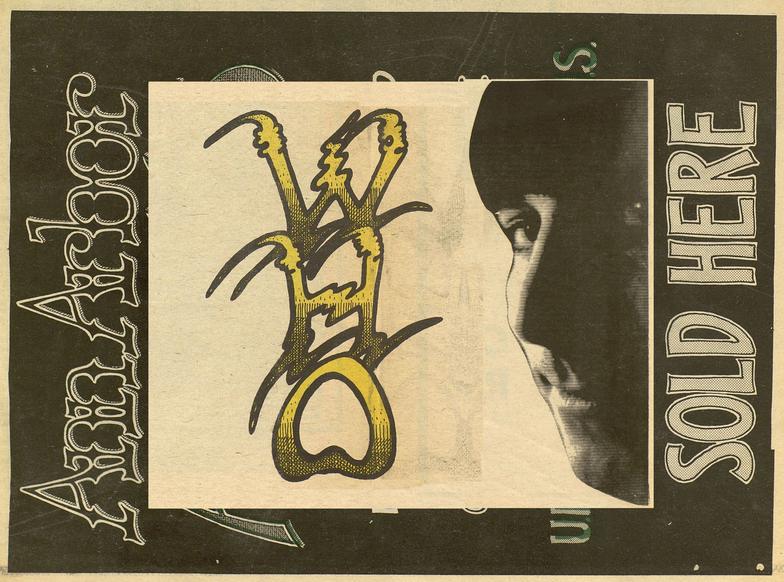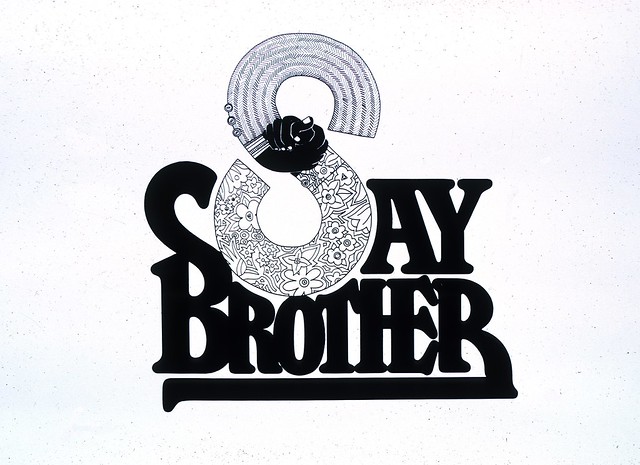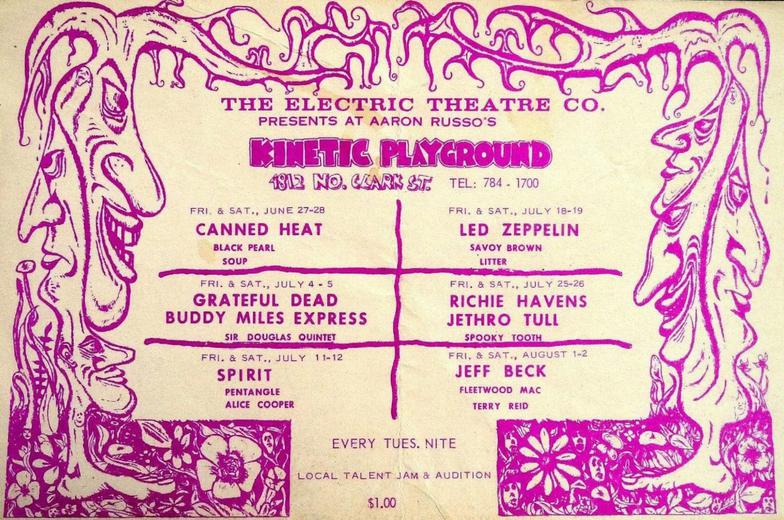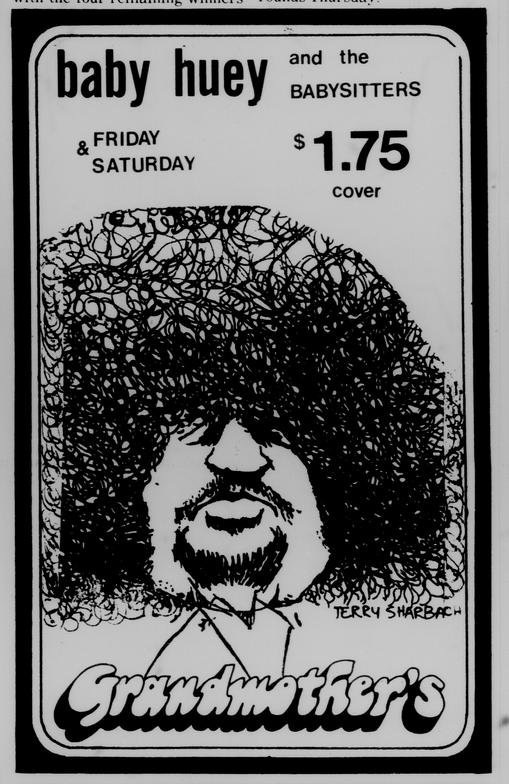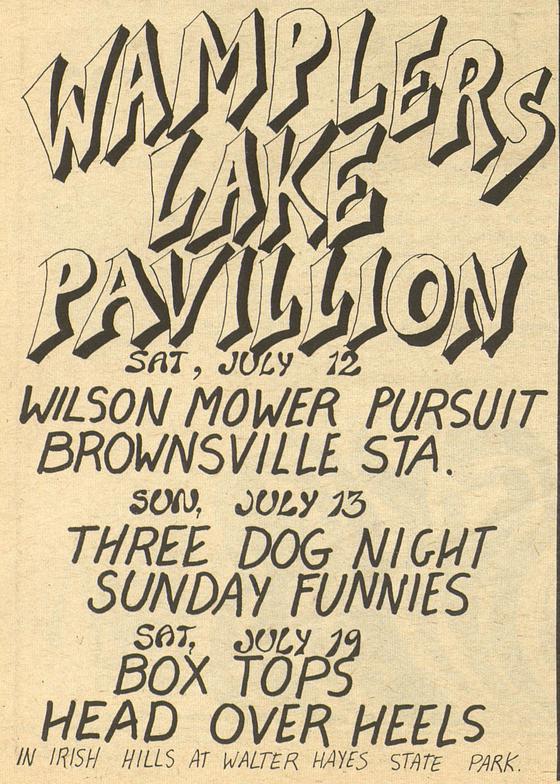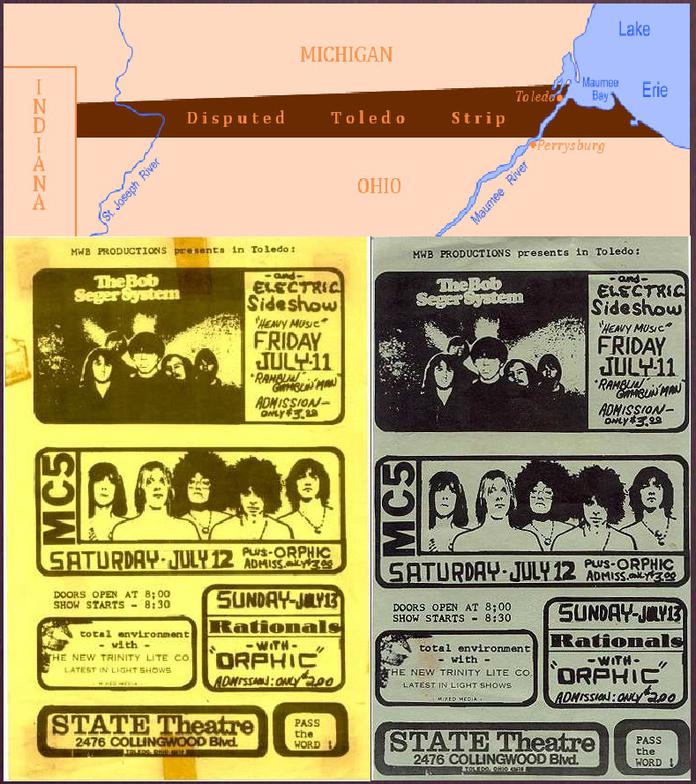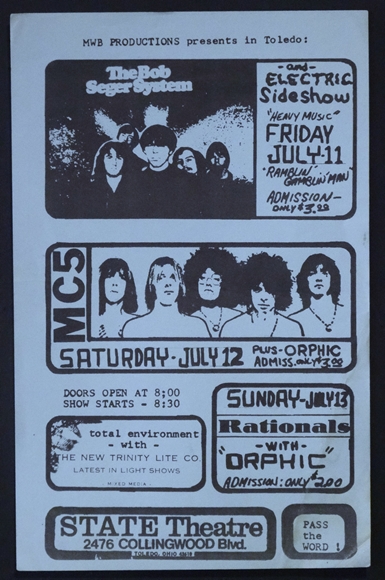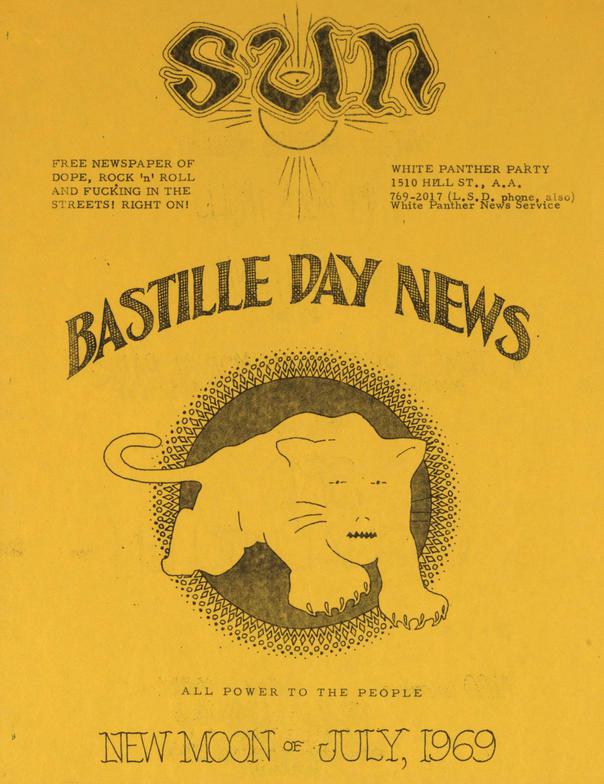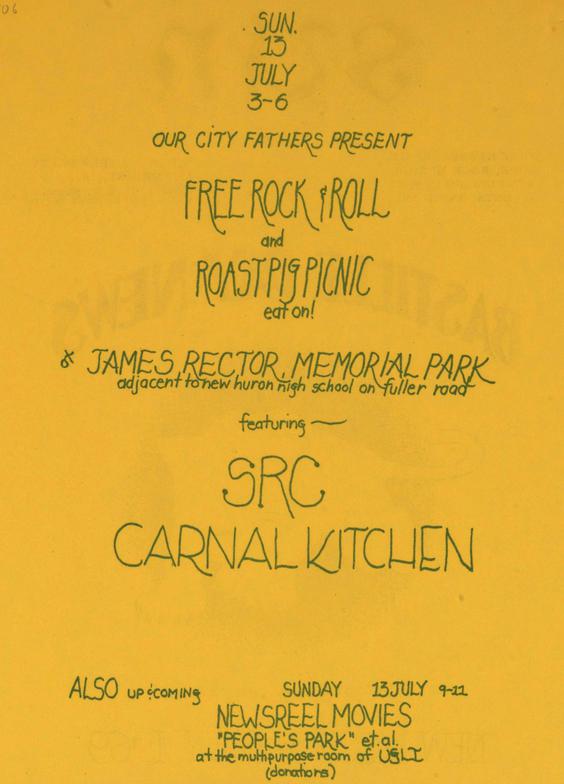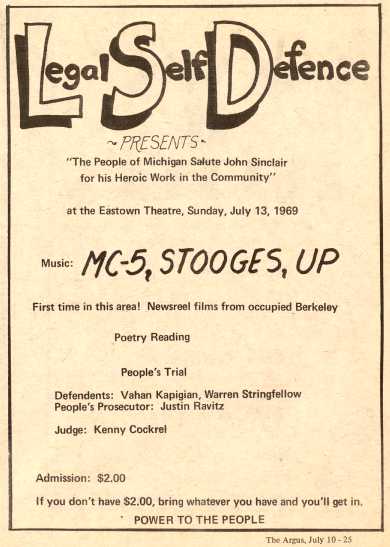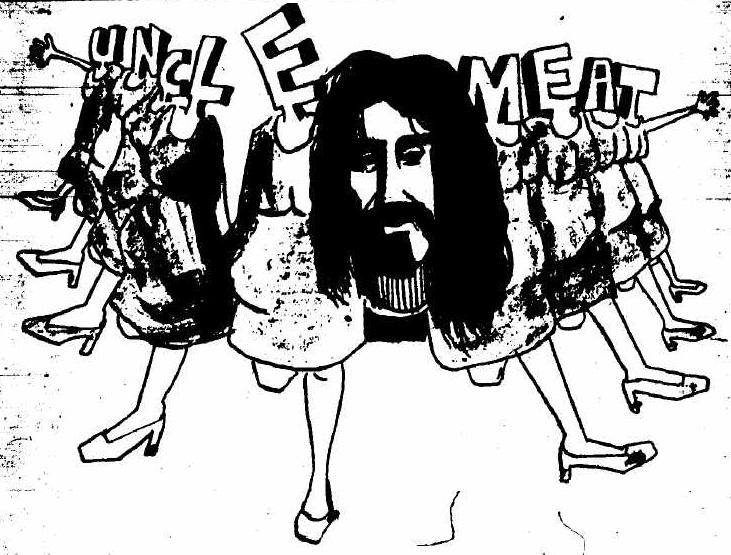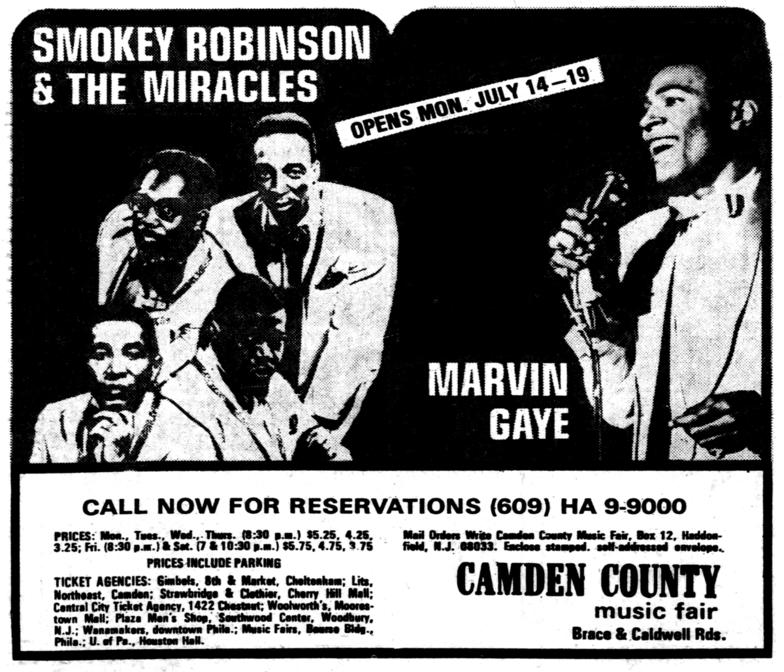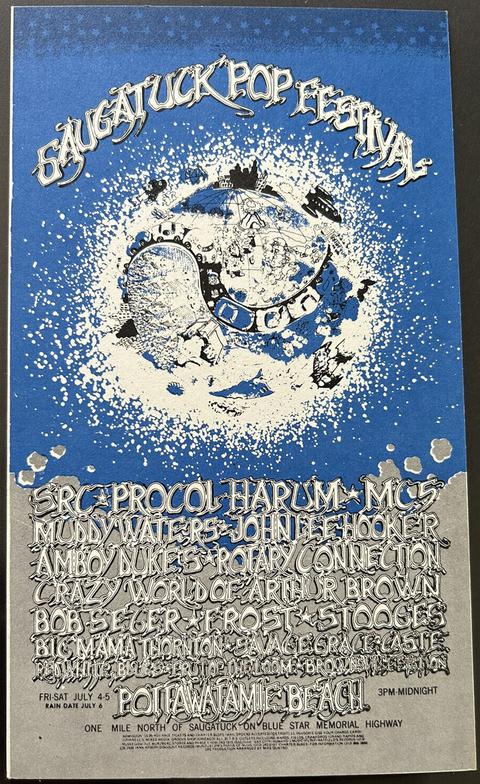Splatt Gallery
Double click here to add text.
Splatt Gallery's History of Michigan Concert Posters
Volume Five - 1969 - Page Thirteen
He wrote and originally recorded “Devil with the Blue Dress” two years before Mitch Ryder had the hit. A multi-instrumentalist, singer, songwriter, and producer, Shorty Long was the MC for the Motown Revue show and tours, and recorded nearly a dozen singles on Motown’s Soul label, his biggest hit coming with 1968’s “Here Comes the Judge”.
Tragically, on June 29, 1969, Long drowned in a boating accident on the Detroit River, he was 29 years old. Stevie Wonder played the harmonica at his burial, and placed it on the casket as it was lowered into the ground. Long’s final single was a cover of Procol Harum’s “A Whiter Shade of Pale”.
Shorty Long – A Whiter Shade of Pale (1969)
https://www.youtube.com/watch?v=L_Q1K0PsY0I
*********************************************************
Movie poster for “Summer of Soul”, the 2021 documentary directed by Ahmir "Questlove" Thompson that resurrected footage from nearly 40 hours of film that had been shot during the 1969 Harlem Cultural Festival that took place on six Sundays between June 29, 1969 and August 24th at Mount Morris Park (now Marcus Garvey Park) in Harlem.
Despite its large attendance and an incredible line-up of performers that included Motown artists Stevie Wonder, David Ruffin, Gladys Knight & the Pips, and Blinky, along with Sly & the Family Stone, the Chambers Brothers, Nina Simone, the Fifth Dimension, and many more, the festival is far less-known than festivals such as Woodstock (which took place on the same weekend as one of the days of the Harlem Cultural Festival).
Due to the proximity in time with the famous festival at Max Yasgur's farm, and in the efforts over the years to find a market for the film, the Harlem festival became known as the “Black Woodstock”.
Excerpts were packaged as two one-hour TV specials that were broadcast in 1969, one on CBS in July, and one on ABC in September, but there was generally a lack of interest by the television networks, which felt there would be little benefit in broadcasting it and the tapes were then placed in a basement, where they sat for the next 50 years.
Director Questlove had never heard of the festival before the producers approached him about making “Summer of Soul”. Discussing its obscurity, he said: "What would have happened if this was allowed a seat at the table? How much of a difference would that have made in my life? That was the moment that extinguished any doubt I had that I could do this."
The film “Summer of Soul” premiered at the 2021 Sundance Film Festival, where it won the Grand Jury Prize and since then has won numerous awards, including an 2022 Oscar for Best Documentary Feature and a 2022 Grammy Award for Best Music Film.
Here is the film trailer which prompted us to acquire the DVD and it has been in heavy rotation on our TV screen ever since.
https://www.youtube.com/watch?v=slFiJpAxZyQ
The original poster for the 1969 Harlem Cultural Festival, June 29, 1969 through August 24th, featuring Motown artists Stevie Wonder and David Ruffin.
Illustration, possibly by Doug Huston, that accompanied a series on “Noise” in the State News newspaper in East Lansing, Michigan, this one from the second part of the series, published on June 30, 1969.
Over in Europe, Detroit was associated with Jazz, where generic billings of “Detroit Jazz Group USA” and “Detroit Free Jazz” would draw an audience.
Roger Miller, the Ann Arbor high school student who would occasionally make show flyers for Mickey Kress in exchange for entry to the shows at the Fifth Dimension, started a band with his two brothers called Freak Trio Electric, and by his own accord, he made a lot of drawings while stoned and listening to music. In the spring of 1969, while listening to the first Soft Machine album, he created this drawing, and looking at it later found the words “Sproton Layer” somewhere within it and decided to re-name the band.
His brother, Laurence later explained that it referred to a dope mixture in a pipe, “if more than one type of marijuana was used – a sproton layer”.
July 1969 calendar from the back-page of The Fifth Estate newspaper in Detroit, Michigan, by artist Dave Baker.
John Lee Hooker on the cover of the seventh issue of CREEM magazine, which is numbered as Vol 2, No. 2, published in July 1969. The fifth variation in the style of the CREEM title, this one will stick around for a little while.
A full-page Vanguard Records ad for the debut album “Frost Music” by The Frost in the July 1969 issue of CREEM magazine.
A second Vanguard Records ad for the debut album by The Frost in the July 1969 issue of CREEM magazine.
Photo of Fred Sonic Smith by Brett Rose in a review of the Detroit Rock & Roll Revival and an illustration by an unknown artist that accompanied a book review of Frank Herbert’s “Dune” in the July 1969 issue of CREEM magazine.
A Poster Pit ad with the debut album by the Frost in the July 1969 issue of CREEM magazine.
An ad for the Eastown Theater in Detroit, Michigan in the July 1969 issue of CREEM magazine. Very similar in style to the other poster for the opening of the Eastown, by an unknown artist.
Jackie Wilson on the cover of the July 1969 issue of the British music magazine Blues & Soul.
An ad for Alice Cooper with the Hampton Grease Band in Passaic, New Jersey on July 1, 1969.
Poster by an unknown artist for the Bob Seger System at Punch Andrews’ Silverbell in Auburn Hills. Michigan, July 1, 1969. A Tuesday night show in addition to the regular Saturday night shows, the poster also states that Tuesday night shows would continue throughout the summer, the concert database does not seem to have any of these.
Terry Sharbach poster for the start of a one-week stand, during the first week of July, 1969 by the Sunday Funnies at Grandmother’s in East Lansing, Michigan. Twenty-five cents all-you-can-eat hot dogs.
A poster by an unknown artist, showing the Grateful Dead sharing the stage with Alice Cooper on July 3, 1969. In actuality, it was not exactly, since the Dead didn’t start until 3 or 4am, playing until sunrise, in what would have been the early morning hours of July 4th.
The venue at Reed’s Ranch in Colorado Springs, Colorado, was an extremely large barn, according to one eyewitness account, “Alice Cooper was a new group that was sharing the ‘barn’ that weekend, and a Denver band, called "Zephyr" opened for the Grateful Dead.” The poster makes it look like Alice performed two nights, July 3 & 4, but nearly all Alice Cooper tour sites have the band at a New York Pop Festival on the 4th, some do not mention the 3rd at all.
To have the poster more accurately document the event, Alice should be July 3 only, and the Dead, as it turned out performed on July 4. With such a late start by the Dead, and with a show in New York the next day, it’s most likely that Alice would have flown the coop (sorry) long before the Grateful Dead arrived.
An Open Letter from Russ Gibb to Bill Graham touting the Michigan rock scene and inviting Graham to make a visit (it’s unlikely that he did). Gibb specifically mentions, among other things, the shows at the Grande Ballroom for the weekend of July 3-5, 1969 with Savoy Brown and Pentangle (again, unlikely that Gibb got the Grateful Dead for the Sunday show.
An interesting ad for the Grande Ballroom in the first issue of the Underground Flick newspaper, July 1969.
The seventh festival of the year was called the Rock and Roll Revival No. 2, held at the Mt. Clemons Raceway on the Fourth of July, 1969. The band All The Lonely People was listed as All Those Funny People.
The Bump was a short-lived Detroit band who did manage to get an album released on the Pioneer record label.
The Bump – Winston Built the Bridge/Sing Into the Wind (1969)
https://www.youtube.com/watch?v=fYnNAk5fM30
Also on the Fourth of July, the eighth rock festival of 1969, the Saugatuck Pop Festival occurred simultaneously with the Rock and Rock Revival No. 2 in Mt. Clemens. Four of the bands, MC5, SRC, Stooges, and Brownsville Station played at both. Carl Lundgren created the poster, one of his best.
You recall the town of Saugatuck, Michigan from our story of the Jazz Riots of 1961 that ended the annual jazz festivals, and from the first Saugatuck Pop Festival in 1968. Although the rock kids of 1968-1969 were not as riotous as the jazz kids of 1961, there were still plenty of reports of illegal and immoral activity, and just the sheer volume of attendance, estimated at 30,000 people, completely overwhelmed and shut down the town, so following the 1969 festival, the town filed an injunction against any more future festivals.
Close-up detail of Carl Lundgren’s poster for the 1969 Saugatuck Pop Festival. You should download this image and blow it up to full size to appreciate all the tiny wonders. This is one of Lundgren’s finest works, and unfortunately it would be his final Detroit Rock poster.
Original lettering for Carl Lundgren’s 1969 Saugatuck Pop Festival. Lundgren had left his Ann Arbor apartment where he had lived with Robert Crumb while they created the Lost in the Ozone comic book, and was living in Detroit at Jerry Landry’s Community Print Shop when he learned that he had fathered a child back in California with a girl named Pauline. He moved back to California, married Pauline and got a steady job as an art director for a paper company. But his story is far from over.
Alternative lettering ad for the Saugatuck Pop Festival in the Ann Arbor Argus newspaper, possibly by Dave Baker.
Handbill version of Carl Lundgren’s poster for the 1969 Saugatuck Pop Festival.
Flyer version of Carl Lundgren’s poster for the 1969 Saugatuck Pop Festival.
Full-page poster/ad on the back cover of CREEM magazine for the 2nd Annual Saugatuck Pop Festival on July 4, 1969.
A review of the Saugatuck Pop Festival, written by Art Johnson, showed up in an issue of The Berkeley Tribe later in the year, with the headline lettered by Gary Grimshaw in exile. Johnson, a native of Detroit, describes going to the festival with John and Leni Sinclair and helping to guard the back gate against gate crashers, or rather, letting them in in exchange for beer. Getting admittedly blasted, he nevertheless remembered the impact of seeing Iggy incorporate raw hamburger into his act and he advised that fans of the Fillmore bands probably wouldn’t like the Stooges at all.
While Michigan had two rock festivals, Mt. Clemons and Saugatuck, over the Fourth of July weekend, another festival was happening in Atlanta, Georgia. Variations of this poster by Lance Bragg were re-used for the Texas International Pop a few months later, and for the following year’s Second Atlanta Pop Festival.
The story is fairly widely told about how Terry Knight got his new band, Grand Funk Railroad to appear at this festival as a last-minute addition (their name does not appear on the poster). While true that their set was well-received, they were the first opening band, going on stage well before most of the crowd had arrived.
They had also similarly gotten themselves onto the bill (but not on the poster) for the First Rock & Roll Revival at the Michigan State Fairgrounds back in May, which would be their first ever performance, but they don’t seem to have made much of an impact, and were not mentioned in any reviews. The legends of how they blew away the opening acts at both of these festivals and were invited back to play the following day as the festival headliners appear to be the figments of Terry Knight’s over-active imagination.
Gary Grimshaw, in exile, created a poster for a Fourth of July 1969 celebration in Berkeley, California, in collaboration with the artist Frank Cieciorka, who had created an iconic wood-block print of a clenched fist that became as ubiquitous on political buttons and posters as Grimshaw’s own White Panther logo.
A newspaper ad for a badly mis-spelled Wamplers Lake Pavilion with a show by Procol Harum on July 5, 1969. As noted, shows by Three Dog Night and the Box Tops followed, although Jeff Beck ended up at the Grande Ballroom instead.
A newspaper ad with John Lee Hooker at Ungano’s in New York City, July 7-12, 1969.
Cover of the July 8, 1969 edition of the SUN in Ann Arbor, Michigan.
Frost was one of the four Michigan bands that played both festivals over the 1969 Fourth of July weekend, Mt. Clemons and Saugatuck, and they also did a show at The Midway in Royal Oak on the way home from Saugatuck. Three days later, they were opening for B.B. King at the Fillmore West in San Francisco, their first shows outside of Michigan, July 8-10, 1969. Following three shows at the Fillmore, they went on to a week-long stay at the Whisky A-Go-Go in Hollywood.
They had received standing ovations all three nights opening for B.B. King, but Bill Graham told them, “You know I hate Michigan bands. I don’t like you guys either. I don’t like the music you play.”
This poster is by Fillmore poster artist David Singer, who made more posters for Bill Graham than any other artist, with around seventy-five. For the Grande Ballroom, the poster era had pretty much just come to an end in 1969, the last being the May 16-18 Sun Ra poster by Gary Grimshaw.
Neatly encompassing the first two-and-a-half years, 137 weekends, at the Grande Ballroom since opening night, October 7, 1966, there had been around 380 shows performed on its stage. Since the posters would cover a two, or three, show weekend, and with occasional week night shows, we consider there to have been around 160 events that would have called for posters and we have posted 137 of them. Of the only 23 events without posters, eleven of them were since the start of 1969. It was rare in the first two years not to have a poster for an event, but they were dwindling at the start of 1969 and after the brief spurt we’ve just seen, they come to an end with Grimshaw’s Sun Ra.
Of the 137 posters, Grimshaw did nearly half of them, with sixty-two. Carl Lundgren had 27 of them, and Donnie Dope had 26 (or 27 also, if “Melkus” was yet another of his many aliases). The rest of the Grande poster artists up to this point were Rob Tyner, David Carlin, Matt Rock, Bonnie Green, Leni Sinclair, Robin Sommers, Jerry Younkins, Chad Heines, Chris Morton, and Darlene Pond.
There will be a few more Grande Ballroom posters to come, but you’ll see that they don’t really carry on the “Uncle Russ Presents”, artistic continuity that Gibb had modeled from Bill Graham’s Fillmore.
An ad for Diana Ross & the Supremes in Framingham, Massachusetts, July 8-12, 1969.
A flyer for a “missing” show at the Grande Ballroom in Detroit, Michigan, a benefit show for Open City on July 9, 1969, featuring Pentangle, held over from their appearance on July 5th, along with Savage Grace and Sky (sic). The flyer also has a show at Alvin’s, also in Detroit, with David & Roselyn and a Billy Tyler Jam Session on July 11th.
Cover of the July 10, 1969 issue of the Ann Arbor Argus newspaper in Ann Arbor, Michigan with illustration by Kim Deitch.
Ad for Dave Baker’s Grossout Comix book in the July 10, 1969 issue of the Ann Arbor Argus newspaper, along with the announcement for a short-lived coffeehouse in Ann Arbor, Michigan, called The Alternative that opened on June 6, 1969 with Carnal Kitchen, Proof Rock, and the Skunk Valley Swamp Band.
Lettering by Dave Baker and photograph by Raeanne Rubenstien that accompanied the Ann Arbor Argus’ interview with the Who in the newspaper’s July 10, 1969 issue.
“Say Brother”, now known as “Basic Black”, on Boston, Massachusetts WGBH-TV, is one of the longest running public affairs program produced by, and for, African Americans. Here is a thirteen-minute clip, that aired on July 10, 1969, with some of the earliest and most trippy freaky Funkadelic footage to be found.
Funkadelic – Say Brother TV show (7/10/69)
https://www.youtube.com/watch?v=TmmzbVM5BMw
Poster for Alice Cooper opening for Spirit and Pentangle at the Kinetic Playground in Chicago, Illinois on July 11-12, 1969. Also has the Buddy Miles Express, with Detroit guitarist Jim McCarty, opening for the Grateful Dead the week before.
The third appearance of the year by Baby Huey & the Babysitters at Grandmother’s in East Lansing, Michigan, July 11-12, 1969, with a modified Terry Sharbach illustration.
Poster/ad by Dave Baker for July, 1969 shows at Wamplers Lake Pavilion in Onsted, Michigan, a small town of less than 1,000 about an hour south-west of Ann Arbor. Wilson Mower Pursuit and Brownsville Station appeared on July 12, 1969. Three Dog Night came out on July 13, following two nights at the Grande Ballroom in Detroit. The following weekend, the Box Tops made the trek, following their show at Grandmother’s in East Lansing the night before.
Detroit is closer to Toledo, Ohio, eighty miles to the south, than it is to the state capitol in Lansing, and until the Michigan-Ohio War of 1835, it was considered (by Michigan) to be part of Michigan. The dispute over the strip of land which included the commercially lucrative Maumee Harbor, went back thirty years to when Ohio had become a state and had established its borders in its state constitution based on a geographical error on a 1797 map. As Michigan sought statehood, it wanted its southern border to remain as established by the original Federal map of the Northwest Territory, and the war originated as a decade-long series of competing legislation, lawsuits, and appeals to the U.S. Congress.
In the summer of 1835, the conflict reached a head when two well-regulated militias, Michigan’s and Ohio’s, came face to face inside the disputed strip, although they mostly only threw taunts, insults and jeers at each other. Allegedly, shots were fired by the Michigan militia, allegedly in the air, as they chased some Ohioans off the land in what became known as “the battle of Phillips Corners”. The conflict’s only bloodshed occurred during the arrest of Ohio militia Major Benjamin Stickney and his three grown sons, One, Two, and Three when Two Stickney stabbed a the Michigan Sheriff in the leg.
The incident did prompt President Andrew Jackson to take action to avoid further escalation, and the end result was that Michigan would be granted statehood, give up the disputed strip to Ohio, and in compensation was given the entire Upper Peninsula.
One hundred and twenty years later, some animosity over Toledo persisted, although the sting of the economic loss of Toledo had been more than replaced by the discovery of copper and iron in the U.P., and the most popular band in Detroit was Toledo’s Johnny & the Hurricanes.
In late 1968, as previously documented, the Toledo band Kraack came to the attention of the Trans-Love Energies group, and there appears to have been a show by the Stooges at the Toledo Sports Arena on December 28, 1968, but in 1969, the floodgates seemed to have opened for Michigan bands playing in Toledo. This poster for the Toledo State Theater shows visits by Bob Seger, MC5, and the Rationals over a weekend in July, 11-13,1969.
Blue version of the poster for Bob Seger, MC5, and the Rationals over a weekend at the State Theatre in Toledo, Ohio, July, 11-13,1969.
Throughout June and July, 1969, The Sun was reduced to mimeographed sheets, often no more than one or two pages, a shadow of its early issues that were full of art. The typed pages generally focused on White Panther Party platform and news, or provided guidelines for Legal Self Defense (L.S.D., right), but they occasionally managed to get a contribution from Gary Grimshaw in exile, such as this one-sheeter announcing a Bastille Day party and pig roast on the opposite side with the bands SRC and Steve Mackay’s Carnal Kitchen on July 13, 1969.
Following the Bastille Day party and pig roast on the Sunday afternoon of July 13, 1969, there was a benefit that night at the Eastown Theatre to support John Sinclair’s legal battles, featuring MC5, Stooges, and UP.
Illustration by an unknown artist that accompanied a review of the Mothers of Invention concert at the Guthrie Theatre in Minneapolis, Minnesota, July 13, 1969 with opening act, Alice Cooper. Typical of most reviews at the time, the Alice Cooper band was dismissed as being overly theatrical and lacking in songs.
An ad for Smokey Robinson & the Miracles with Marvin Gaye at the Camden County Music Fair in Haddonfield, New Jersey, July 14-19, 1969.
Volume Five - 1969 - continues - HERE


